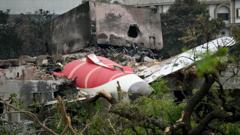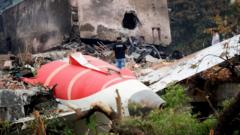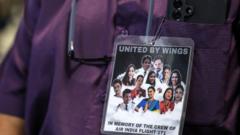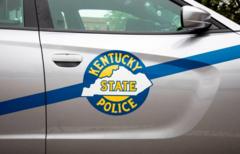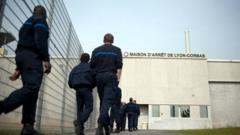The recovery operation from the Air India crash in Ahmedabad faces significant challenges as emergency teams assess the dangers of unstable buildings and gas leaks while searching for victims and investigating the incident.
Crash Recovery Efforts in Ahmedabad Complicated by Structural Instability

Crash Recovery Efforts in Ahmedabad Complicated by Structural Instability
Experts warn of risks during the recovery operation following the tragic Air India crash that claimed over 200 lives in Ahmedabad due to unstable structures and potential gas leaks.
Emergency teams at the scene of the devastating Air India crash in Ahmedabad are confronting daunting challenges in the pursuit of recovery and investigation. The crash, which claimed over 200 lives after the plane went down shortly after takeoff on Thursday, has necessitated a careful approach given the risks posed by unstable structures and potential gas leaks in the densely populated region.
Experts, including Shawn Pruchnicki, a seasoned airline accident investigator and aviation authority at Ohio State University, highlight that the recovery process will be long and complex, potentially extending up to a month. The immediate focus is on stabilizing the buildings impacted by the Boeing Dreamliner, with the plane's tail lodged within one of the structures. Emergency responders must balance urgency with caution as they track down survivors or recover victims, navigating through the precarious debris that could lead to further collapse.
The area surrounding B.J. Medical College, where five students perished in a dining hall, exemplifies the critical need for safety. Large cranes may soon be necessary to remove significant portions of the aircraft, alongside temporary cribbing to protect any still-standing parts of the damaged buildings as they continue their search efforts.
Moreover, the investigation is contingent upon securing the buildings before experts can delve into the debris to determine the crash's cause. Mike Boyd from Boyd Group International stresses that the congested urban landscape adds an additional layer of complexity, with increased risk for both human casualties and infrastructure peril. Fire risks are amplified with possible ruptured gas lines, complicating rescue operations and necessitating immediate responses to ensure the safety of both responders and potential survivors.







